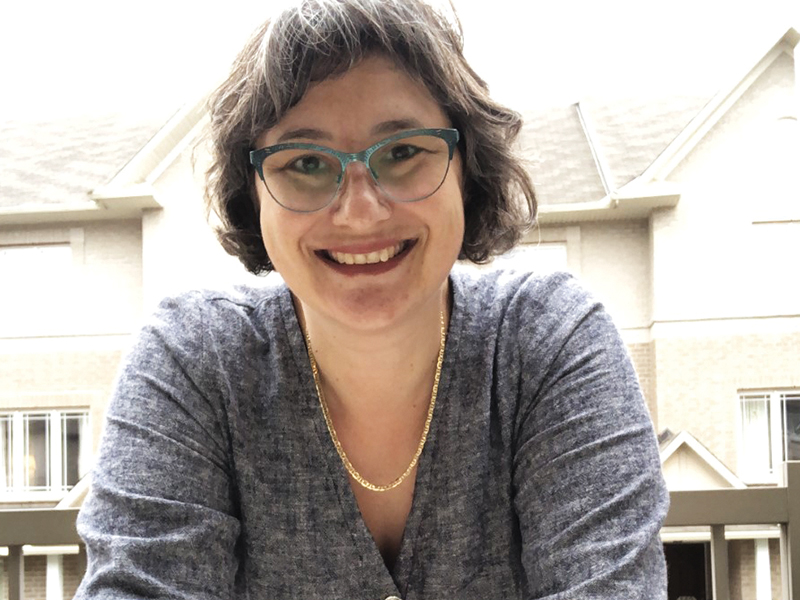
The firm’s benefits, pension and well-being leader discusses diversity, equity and inclusion strategies, destigmatizing mental illness and improving her sewing skills.
Q: What new programs or initiatives are you looking to implement?
A: This year, we launched a reimagined benefits program that included a variety of DEI-focused benefits. In the coming year, we’re looking to further link our DEI strategy with our well-being strategy, which means ensuring people feel safe to be their full selves at work. We’re working with our employee resource groups to really understand the health and well-being challenges specific to different communities so we can provide culturally relevant resources for them.
Q: What programs do you consider most successful or you’re most proud of?
A: Our well-being programs are crucial at PwC and, on a personal level, I’m really passionate about destigmatizing mental illness and creating a culture of psychological safety and well-being. We have a mental-health first-aid program we run for staff and those with people management responsibilities.
Read: A third of Canadians feel unsafe talking about mental health at work: survey
Personally, I’ve been speaking publicly about mental illness and my own experience for many years and every time I facilitate or attend one of the sessions it’s incredibly meaningful. When people come back and tell us how it’s given them courage to be more open with their colleagues, we know it’s been successful.
Career crib sheet
2020 — Present
Senior manager, benefits, pension and well-being, PwC Canada
2017 — 2020
Manager, compensation and benefits, PwC Canada
2015 — 2017
Human capital manager, national tax, PwC Canada
Q: What top challenges do you face in your role?
A: We have a really diverse workforce so meeting the needs of everyone can be a challenge. PwC Canada has a fairly young population, but we also have a lot of tenured staff and all different types of family structures. We’re always looking at how we can offer benefits and retirement plans that are flexible to meet the needs of each personal situation, but we also need to be innovative and look forward to the workforce of the future. The plans also have to be in line with our values, which I think is most important. We know people want to work for organizations that reflect their values, and the benefits and well-being strategy is one way we can influence the culture of our organization and create an atmosphere of inclusion and belonging.
Q: What key human resources issues do you expect in the coming year?
A: As it is right now, retaining staff and finding talent will likely continue to be a challenge for everyone. Our people strategy focuses on enabling meaningful connections, work and rewards — I think that really sums up what people are looking for in an employer. Also, weaving our DEI strategy into everything we do is very important and will continue to be a priority in the coming years.
Read: Sounding Board: How DEI enhances workplace safety, employee attraction, retention
Q: What do you like to do in your free time? What are your hobbies?
A: I love to sew. I’ve been sewing for over a decade, so I spend my free time making clothes, bags and quilts. I also enjoy playing video games with my two kids. During the coronavirus pandemic, we really got into the Nintendo Switch.
Q: What’s your favourite employee benefit and why?
A: Our most popular benefit is our well-being and lifestyle benefit. As part of reimagining our benefits plan, we expanded the list of eligible items people can use and expanded it to their dependants. Many employees use it for things like gyms and yoga, but they also use it for personal interests. Pet care has been quite popular. Personally, I like to use it for sewing classes to learn new techniques.
Sadie Janes is an associate editor at Benefits Canada.
